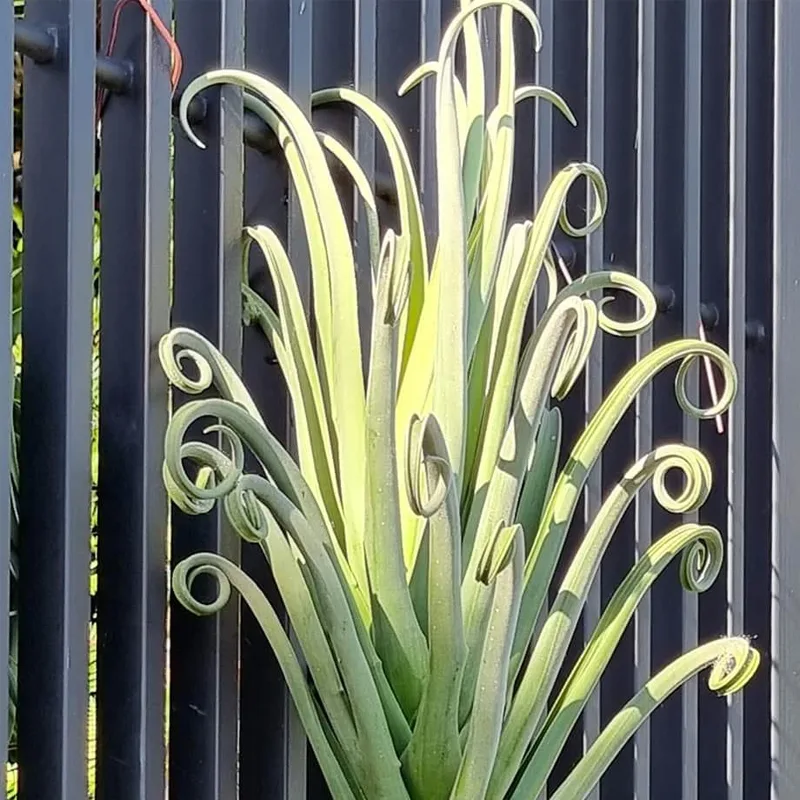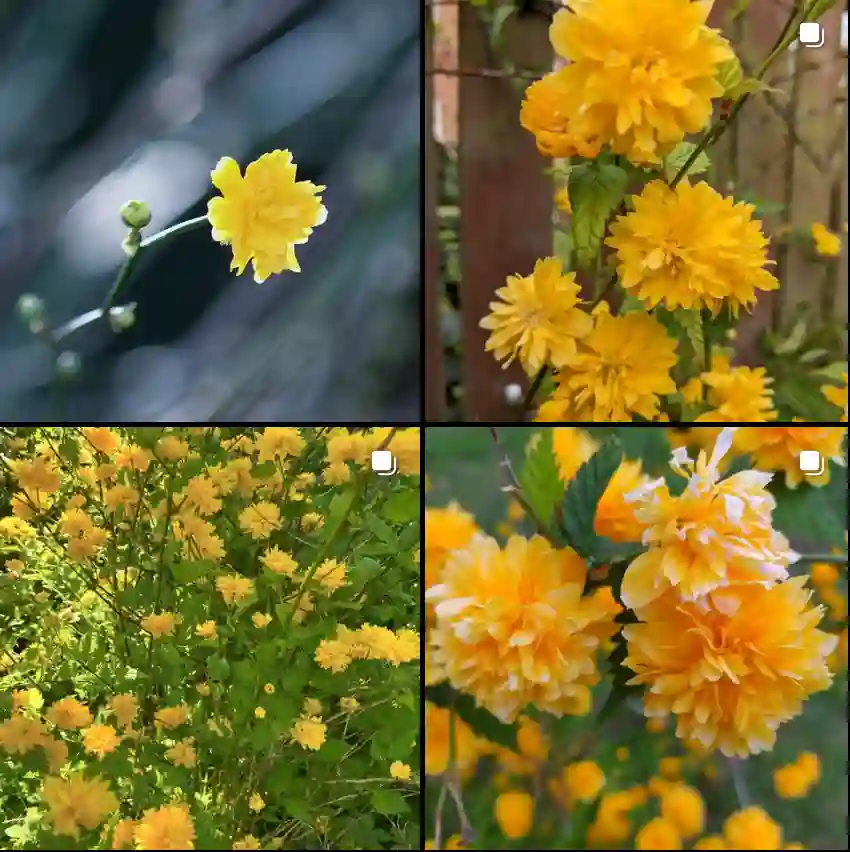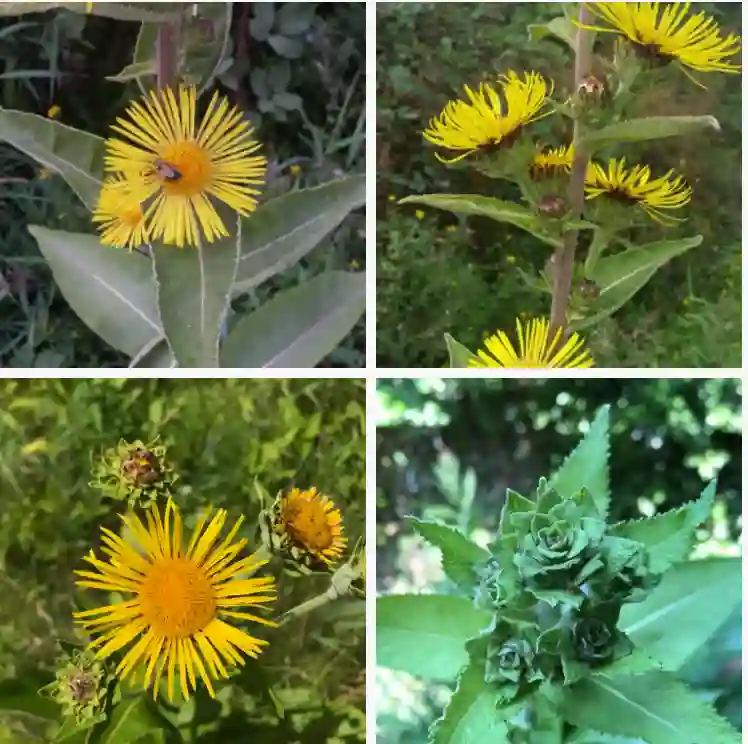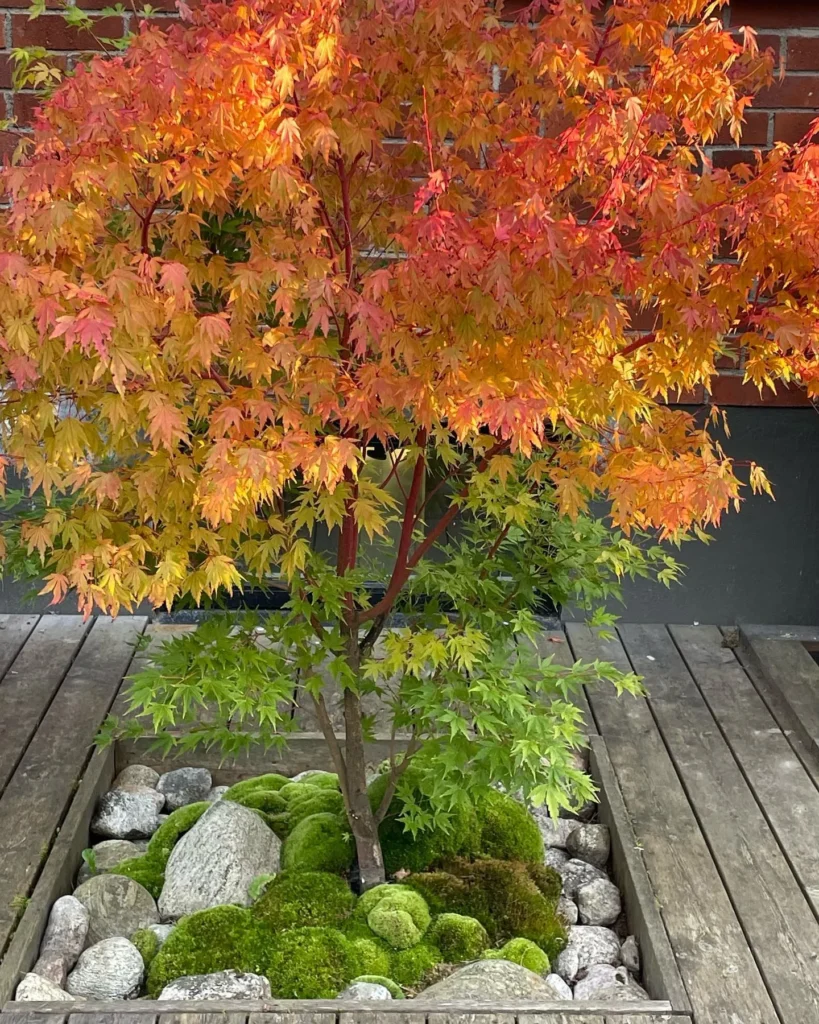Exploring the Ulmaceae Family: A Personal Journey
The Ulmaceae family, commonly known as the elm family, fascinates me. It includes several genera that showcase remarkable diversity and adaptability. In this article, I’ll share my experiences and insights regarding some of the prominent genera within this family: Ampelocera, Hemiptelea, Holoptelea, Phyllostylon, Planera, Ulmus, and Zelkova.
Understanding the Ulmaceae Family
The Ulmaceae family encompasses trees and shrubs that are mainly found in temperate and tropical regions. One of the most notable aspects of this family is its ecological importance. Members of the Ulmaceae family play vital roles in their ecosystems, providing habitat and food for various wildlife. As a nature enthusiast, I always appreciate how these trees contribute to the biodiversity of our surroundings.
Genera in the Ulmaceae Family
Ampelocera
Ampelocera is a lesser-known genus in the Ulmaceae family. I’ve encountered a few species during my explorations in tropical regions. These trees are characterized by their unique bark and leaves. One standout feature of Ampelocera is its adaptability to different soil types, which makes it a resilient choice for reforestation projects. I often find myself marveling at how nature’s design allows such flexibility in growth.
Hemiptelea
Hemiptelea, commonly referred to as the Chinese cork tree, has a special place in my heart. I first came across this tree in a botanical garden, where its striking corky bark caught my attention. This genus is not only aesthetically pleasing but also possesses significant ecological value. The leaves of Hemiptelea have a beautiful shape, and their fall color is a delightful sight. The tree’s resistance to pests makes it a popular choice for urban landscaping.
Holoptelea
Holoptelea is another genus that intrigues me. Known for its fast growth, this genus thrives in tropical regions. I’ve often seen Holoptelea species in parks, where they provide shade and beauty. The leaves are broad and lush, making them perfect for creating cool spots in urban settings. Holoptelea’s ability to adapt to urban environments is a testament to its resilience, something I deeply admire.
Phyllostylon
Phyllostylon might not be as widely recognized, but it holds its own in the Ulmaceae family. I first learned about this genus through a research paper that highlighted its unique wood properties. The wood of Phyllostylon is known for its durability, making it a valuable resource in sustainable forestry. The more I dive into the world of trees, the more I appreciate how each genus has its unique traits and contributions.
Planera
Planera Aquatica in Genus Planera
Planera, or the water elm, is a genus I encountered while hiking near riverbanks. Its affinity for wet environments is evident in its habitat. The presence of Planera along water bodies plays a crucial role in stabilizing riverbanks and improving water quality. I’ve spent many afternoons by the water, admiring these trees and reflecting on their ecological contributions. They serve as a reminder of nature’s interconnectedness.
Ulmus
Ulmus, the quintessential elm, is perhaps the most recognized genus in the Ulmaceae family. My experiences with Ulmus trees have been numerous, from climbing them as a child to studying their ecology in my later years. They are resilient, majestic trees that provide shade and beauty in urban landscapes. The American elm, in particular, has a storied history, once dominating many city streets. However, the threat of Dutch elm disease has changed the landscape dramatically. I often reflect on how human activities can impact the health of these beautiful trees.
Zelkova
Zelkova, a close relative of Ulmus, has captured my interest due to its striking appearance and adaptability. I first spotted Zelkova trees in a park, their leaves displaying a vibrant green in spring and transitioning to stunning autumn hues. Zelkova is often used in landscaping due to its resistance to disease and pests. I appreciate how Zelkova trees can thrive in urban settings while enhancing the aesthetic appeal of public spaces.
Conclusion
The Ulmaceae family showcases an impressive array of genera that offer ecological and aesthetic benefits. My encounters with Ampelocera, Hemiptelea, Holoptelea, Phyllostylon, Planera, Ulmus, and Zelkova have deepened my appreciation for these remarkable trees. They are not just part of our landscapes; they are vital components of our ecosystems. Each genus tells a story of resilience and adaptability, reminding us of the importance of preserving and celebrating the diversity of our natural world.
By exploring the Ulmaceae family, I’ve gained a deeper understanding of the interconnectedness of nature. Whether it’s the striking beauty of Zelkova or the historical significance of Ulmus, every tree contributes to the rich tapestry of life on our planet. As I continue my journey through nature, I look forward to discovering more about these incredible trees and their vital roles in our ecosystems.
If i die, water my plants!



